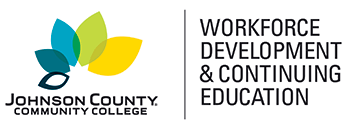Becoming a Clinical Medical Assistant
In this lesson, you'll discover the attributes, qualities, and job description of a medical assistant such as effective communication, knowledge, skill, good health and hygiene, empathy, integrity, a positive attitude, and ethical behavior. You'll explore a medical assistant's employment opportunities, which include a variety of healthcare facilities such as urgent care, outpatient clinics, laboratories, nursing facilities, and more. We will also discuss a medical assistant's expected ethical behavior, scope of practice, and compliance with healthcare laws, including HIPAA (privacy and security laws).
Medical Documents, Reports, and the Medical Record
This lesson will take a closer look at the medical record and various medical documents and reports. Medical assistants are expected to document accurately and professionally in the medical record, so we will explore how the electronic signature works and why it's necessary on medical documents. We will discuss the electronic health record and the electronic medical record. You will also learn about progress notes and how they are the heart of the medical record.
Telecommunications, Enhancing the Patient Experience, and Professionalism Attributes
In this lesson, you will learn about the various types of communications in the medical office and how to deal with difficult patients. We will discuss how the patient experience can influence the patient's perception of the medical assistant, the office, and the care received. You'll examine professional attributes such as being responsible, ethical, team-oriented, and to possess strong communication, interpersonal, and problem-solving skills. Today more than ever, employers are looking for employees with problem-solving skills and critical thinking capabilities.
Computers, Insurance, and Medical Billing and Coding
In this lesson, you'll learn the definitions of EMR (electronic medical record) and EHR (electronic health record), and you'll find out why the terms aren't synonymous. You'll also learn more about the financial features of practice management software.
Major Body Systems and Pathophysiology
In this lesson, you will learn about pathophysiology. We will discuss the 12 major body systems and common diseases and injuries affecting the human body.
The Chief Complaint and Patient History
This lesson will give you a comprehensive look at how to room the patient, record a proper chief complaint (CC), and collect the medical history of the patient (current, past, family, and social history) as related to your role as a clinical medical assistant. You'll learn about charting and how it can affect patients' care.
Recording Vital Signs
In this lesson, we'll discuss the importance of vital signs and measurements, and the name of the equipment used. You'll examine the procedures used to take the vital signs and body measurements of patients, which include body temperature, blood pressure, pulse (heart rate), respiratory rate, as well as body measurements such as height and weight.
The Physical Examination and the Laboratory Testing
This lesson will introduce you to the physical examination, specialty exams and procedures, and the medical laboratory. We'll explore the methods, examination positions, and instruments and supplies used by doctors to examine the body and the medical assistant's role in preparing the patient for specialty exams. This lesson will also discuss the purposes of laboratory testing, the different types of medical laboratories, and their quality standards.
Medical Asepsis, Infection Control, and Basic Microbiology
This lesson will discuss the steps in the infection cycle and about helpful and pathogenic (infectious) microorganisms. You will examine how to prevent transmission of infectious microorganisms and identify examples of personal protective equipment (PPE). We'll explain the importance of handwashing and the proper way to dispose of biohazard waste. Lastly, you will be introduced to the five areas of a microbiology lab.
Surgical Asepsis and Sterilization Techniques
In this lesson, you will learn about surgical asepsis and the different methods of sterilization such as autoclaving, chemical, gas, and dry heat. We'll discuss the importance of a surgical hand scrub in preventing healthcare-associated infections and how preparing the patient's skin with a prepping solution is a crucial step in preventing surgical site infections.
Basic Guidelines for Administration of Injections and Noninjectable Medicati




